Blog

Welcome Dr. David DeGiralamo
We are thrilled to welcome David M. DeGiralamo, MD, DMD to the Cornerstone Dental team. As a renowned Hillsborough family dentist, a Harvard and Duke University alumnus, and the Mayor […]
Read More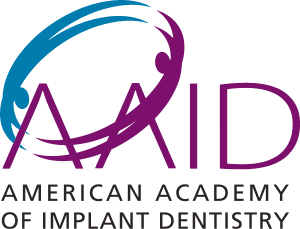
Dr. Beckwith Recognized with Honored Fellow Award
As one of the top dental implant providers in the United States, Dr. John Beckwith is well-known for his advanced expertise in the complex dental specialty. Adding to his list […]
Read More
Dr. Beckwith Receives Honored Fellow Status with the AAID
Our team is proud to announce that our renowned implant dentist, Dr. John D. Beckwith, has been selected as an Honored Fellow with the American Academy of Implant Dentistry (AAID). […]
Read More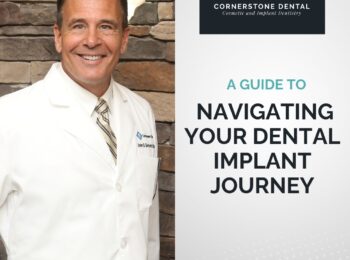
Dr. Beckwith Publishes Dental Implant Guide on the AAID Blog
To help educate those considering dental implant surgery, Dr. John Beckwith wrote an article for the American Academy of Implant Dentistry that was recently featured on their LifeSmiles blog. In […]
Read More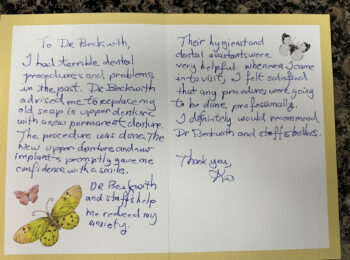
Thank You to Our Patients!
At Cornerstone Dental, our team is grateful for all the trust and support our patients have given us over the years. Your confidence in our care and the relationships we’ve […]
Read More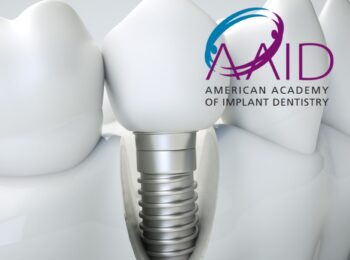
Why Choose an AAID-Credentialed Dentist for Dental Implants?
Dental implants can be a life-changing improvement for stabilizing oral health and easing the functions of eating, drinking, and speaking after tooth loss. For many patients, this worthwhile investment is […]
Read More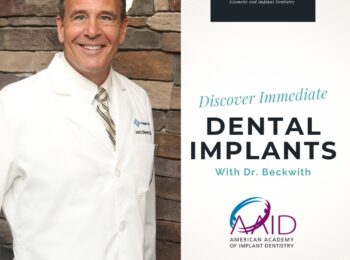
Dr. Beckwith Discusses Immediate Implants on the AAID Blog
As a highly respected implant dentist, Dr. John D. Beckwith is often consulted for his expertise on dental implant topics. Most recently, the American Academy of Implant Dentistry (AAID) featured […]
Read More
Dr. Beckwith Attends 2022 AAID Conference
Every year, the American Academy of Implant Dentistry (AAID) holds its annual conference with the goal of educating its members and promoting best practices in implantology. Our board-certified implant dentist, […]
Read More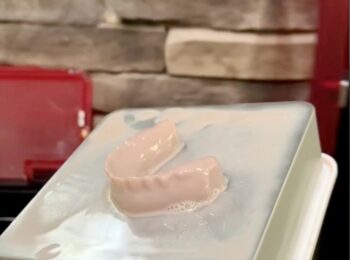
SprintRay Dental 3D Printing
At Cornerstone Dental, our experienced dentists strive to deliver top oral health care. This means that patients can expect the best results in the variety of dental treatments we offer, […]
Read More
Dr. Beckwith Elected AAID Secretary
The American Academy of Implant Dentistry (AAID) is one of the top dental implant organizations in the world, offering a credentialing program and educational resources to implant dentists. Our very […]
Read More